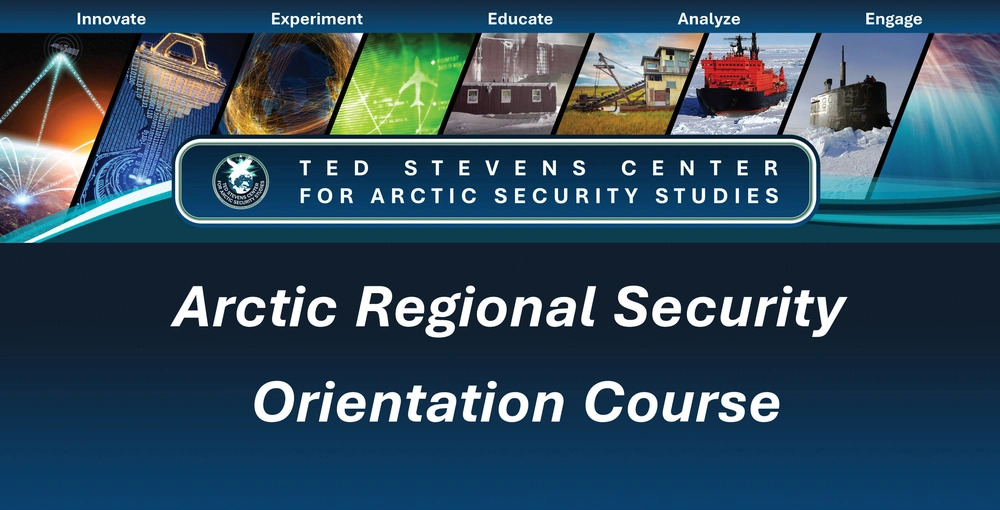Last week the Ted Stevens Center for Arctic Security Studies delivered virtually the week-long Arctic Regional Security Orientation Course (ARSOC) to a large and engaged group of security professionals. We had 156 participants elevated to Alumni status as they completed the course supported by 15 facilitators and 23 presenters from six nations. This illustrates, in practice, that ‘the Arctic is a team sport.’ These five days of collaboration across borders demonstrate that Arctic security and defense challenges require perspectives from across government/departmental boundaries, military services, and international partners.
TSC Deputy Dean, Brian K. Houghton noted, “The energy in our virtual course conversations suggests something important: Arctic security and defense education is all about creating a dialogue rather than just traditional knowledge transfer. With representatives from a variety of professional backgrounds interacting as actively as they have this week, we are seeing networks develop that will enhance our collective Arctic defense capabilities.”
From the outset, course leadership emphasized this focus on dialogue, highlighting its critical role in building effective collaboration. This theme was reinforced during closing remarks, where the importance of the human element in Arctic security and defense was underscored. Participants were reminded that success depends on prioritizing people, ideas, and tools—in that order. Emphasis was also placed on the need for joint cooperation, the importance of rapid capability acquisition, and the crucial role of both formal and informal leadership to meet the evolving security and defense demands of the Arctic. The course fosters a growing network of individuals committed to sharing ideas and supporting one another in addressing the region’s unique challenges.

